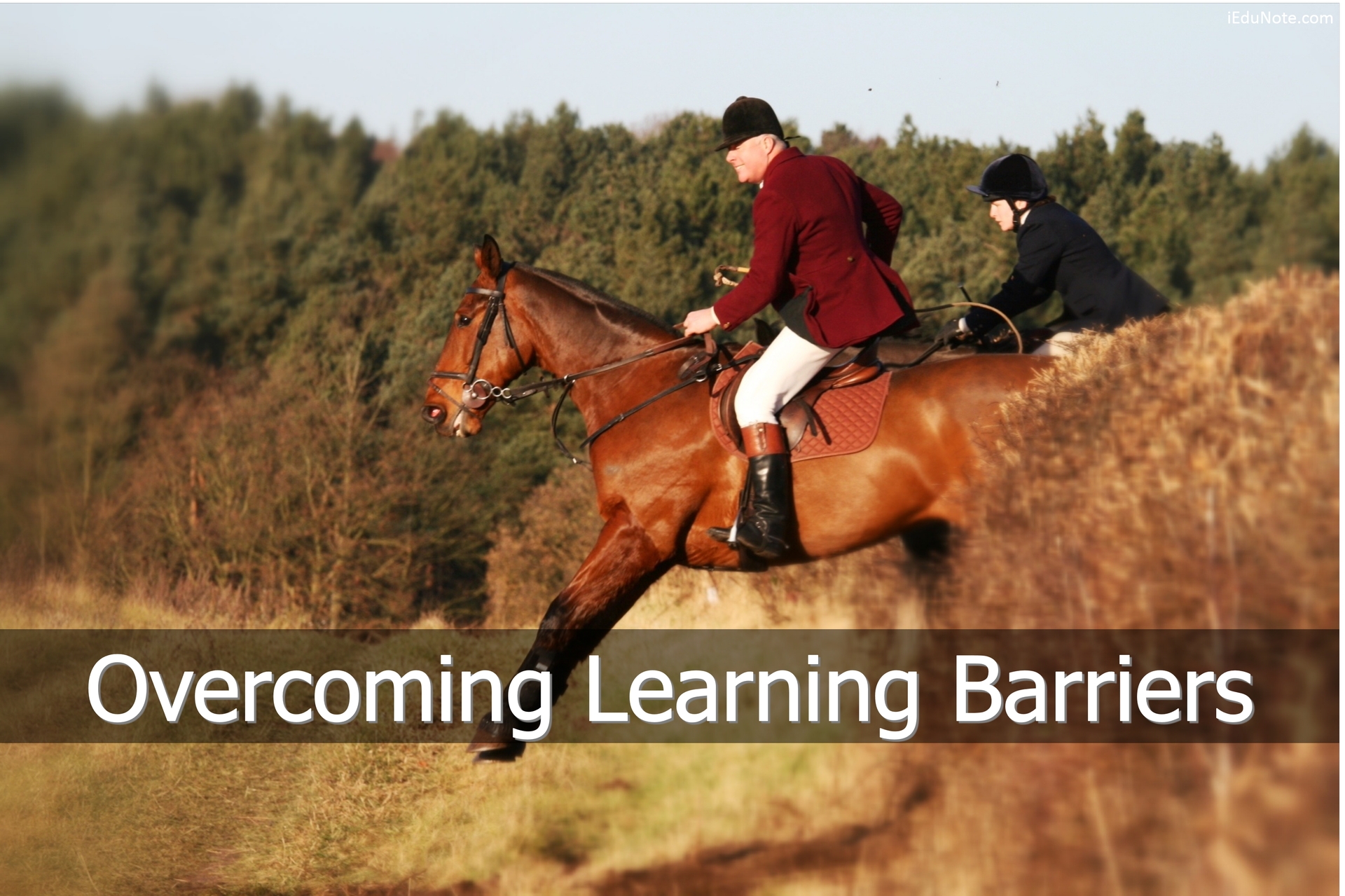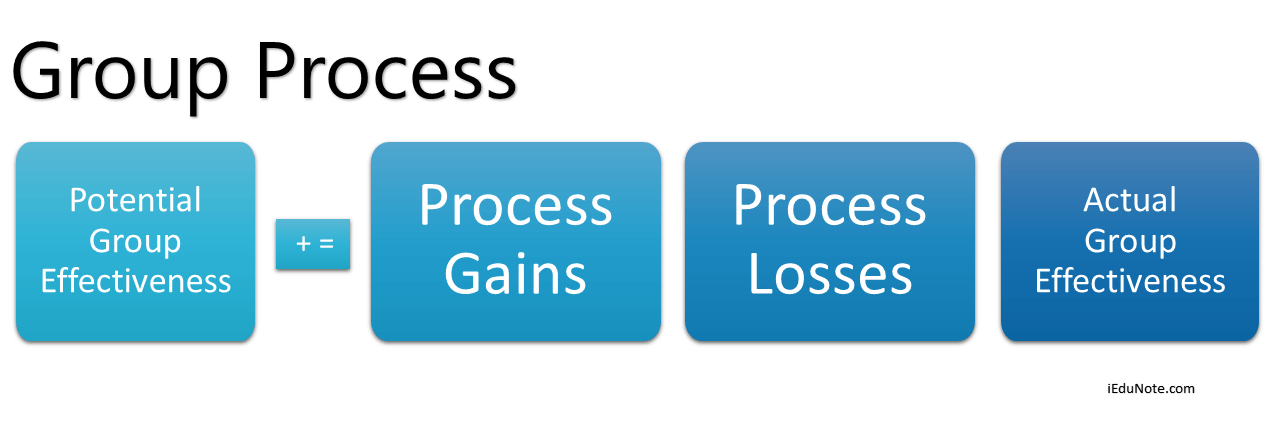Traditionally, research and studies around learning focused primarily on early-years learning through childhood and adolescence.
However, it is now recognized that learning is a continuous process that commences at birth and continues until death; it is the process through which we use our experience to deal with new situations and develop relationships.
Learning means the act, process, or experience of gaining knowledge or skill. It can change our behavior. By birth, every people learns from his environment. In a few circumstances, people have faced some barriers during learning.
Barriers to Learning [Ways to Overcome Them]
Barriers to learning are problems or situations that prevent learners from accessing programs, make it difficult for them to go to class, or make it hard for them to concentrate and learn.
7 Barriers to Learning
- Presentation problem.
- Learning is changing the expectation of new culture.
- Learners do not get appropriate support.
- Employment-related issues.
- Sometimes employees cannot concentrate properly.
- Financial problems can be a barrier to learning.
- Political influence can be a barrier.
Presentation problem.
The presentation problem is one of the biggest barriers to learning. Sometimes people cannot understand the meaning of a topic if it is presented orally without using any kind of visual methods of presentation.
Sometimes, it becomes very difficult for the learner to understand clearly.
Learning is changing the expectation of new culture.
Another barrier to learning is changing the expectation of a new culture. If people go to a new culture, sometimes they do not get the expected environment, which hampers the learning process.
In this case, firstly, they have to learn the new culture within a very short period, which is very difficult for everyone.
Learners do not get appropriate support.
When the learners do not get appropriate support from their families and the organization, they cannot learn things properly.
Employment-related issues.
Employment-related issues can be a very big problem in the learning process.
People cannot learn if there is no good relationship with their superior or subordinate. Not only that, if there is no reinforcement related to the outcomes of learning, employees cannot be motivated to achieve good results from it.
Sometimes employees cannot concentrate properly.
Sometimes employees cannot concentrate properly on the learning process because of their family, personal or organizational problems. There are some of the learning course which requires an amount of money.
Financial problems can be a barrier to learning.
Some so many persons have financial problems, and because of that, they cannot attend the learning process. Financial problems can be a barrier to learning.
Of insufficient money, people cannot learn a thing properly.
Political influence can be a barrier.
Political influence can be a barrier. If the political environment is in favor of the learners, it becomes an opportunity for the learner. If the environment is not so good, then they face many problems because of political influences.
If there is any problem with the person who will give information to the learners, then it becomes very difficult for the person to learn.
There may have so many problems with the trainer, like lack of skills, language problems, lack of information, lack of willingness, etc.
10 Ways of Overcoming the Barriers to Learning

Learning is the process by which one acquires, ingests, and stores or accepts information. Our experiences with learned information compose our bodies of knowledge. Learning can change our behavior. Knowledge or skill gained through schooling or study is also called learning.
In learning, every learner has to face some barriers that the learner himself must overcome. Otherwise, they stumble while processing information, taking longer to grasp the concept of requiring numerous exposures over a sustained period.
10 ways of overcoming the barriers to learning are;
- Environment
- Routine
- Verbal Instructions
- Respect
- Non-curricular Activities
- Improving Communication Skill
- Giving ICT and Presentation Facilities
- Give Concentration
- Learn the New Culture before Going There
- Provide Effective and Timely Feedback
Environment
The environment is a large fact for the organization. In a noisy environment, learning should be difficult for the learner. The organizational environment should be noiseless.
Besides these, the organization should use visual prompts, gestures and/or a signing system to reinforce spoken and written language, make a visual timetable, and eliminate extraneous noise as far as possible.
Routine
This is vital to alleviate confusion and give people a sense of security.
When routines have to be broken, ensure that people are prepared whenever possible and that someone talks them through what is going to happen.
Verbal Instructions
Verbal instructions should be short and precise. The trainer should ensure that learners know he/she is addressing them, not someone else.
The trainer should ensure that learners know he/she is addressing them, not someone else.
One instruction should be given at a time. He/she has to speak clearly, at a natural pace, and make sure that the learner can see the face of the trainer.
Respect
Young people should not be forced to work in pairs or groups if they are uncomfortable in that situation.
Respect should be shown for differences, and being aware of the social networks of the room where the learning session will be conducted.
Non-curricular Activities
When the session is running, problems often arise at break time, lunchtime, at the bus stop or any other unstructured time of the day.
During these times, computer clubs, organized games, and mentors offer valuable support and can also provide some training in social skills that will help pupils cope with new situations.
Improving Communication Skill
Good communication skills can be better for learning anything. In this case, the trainer should use language which is understandable by the learners.
For better learning, we have to improve our communication skills as soon as possible.
Giving ICT and Presentation Facilities
The trainer or organization should use ICT and visual presentation facilities to conduct the learning session successfully.
It influences the learners to learn things in a short period.
Give Concentration
All of the learners should concentrate on the learning session.
Though the organization arranges such sessions to improve the employees’ skills, he or they should concentrate on learning to be successful in their careers.
Sometimes it is arranged to inform the employees about the process of doing their tasks. So, if they do not listen to these things properly, they will not perform their duties properly.
Learn the New Culture before Going There
Though the culture of different countries and even different organizations in the same country are different, before going to a new culture, the learner should know about the new culture and learn it to adjust there.
Provide Effective and Timely Feedback
This is important for any kind of learning. Make the trainer’s presence known in a discussion forum by getting involved early and asking questions that keep the discussion going.
Learners should also be aware of their progress throughout the course.
It has already been asserted that barriers can be located within the learner, within the center of learning, within the education system, and within the broader social, economic, and political context.
These barriers manifest themselves in different ways and only become obvious when a learning breakdown occurs when learners ‘drop out’ of the system or when the excluded become visible.
Sometimes it is possible to identify permanent barriers in the learner or the system, which can be addressed through enabling mechanisms and processes.
However, barriers may also arise during the learning process and are seen as transitory. These may require different interventions or strategies to prevent them.
If the above things are considered when arranging a different session, the organization will be successful.

